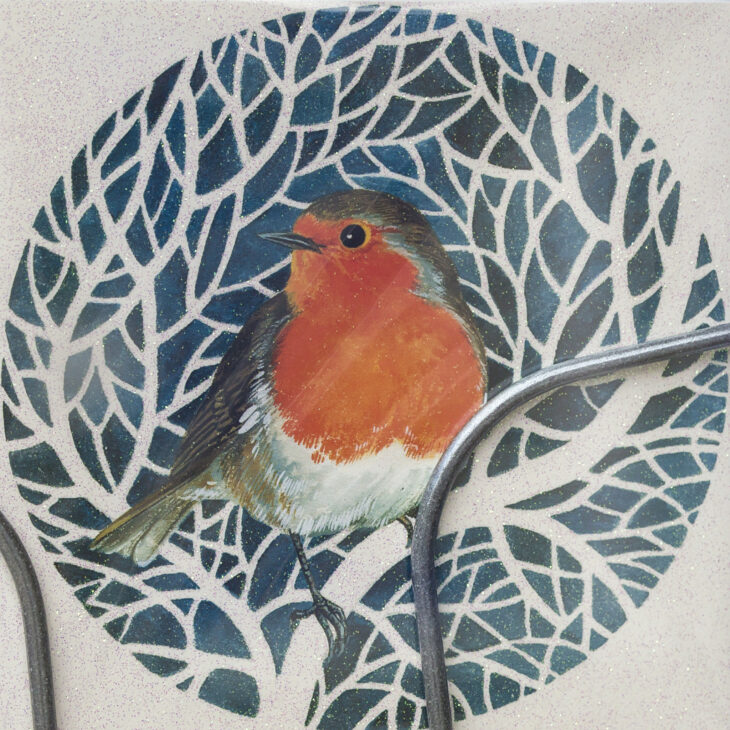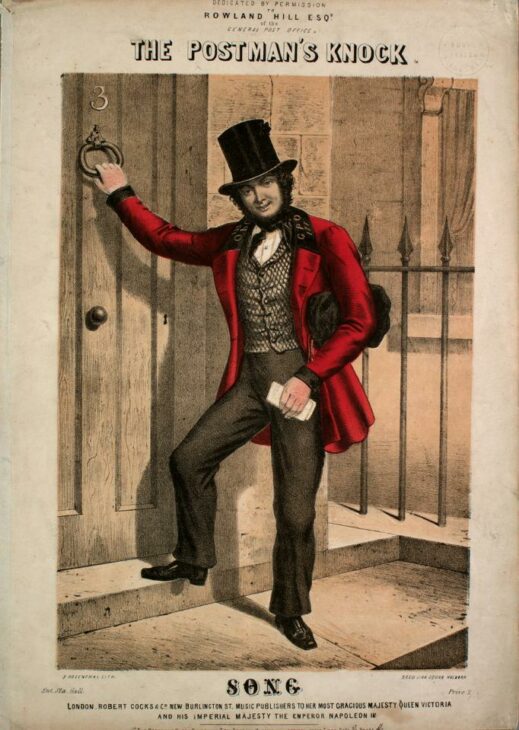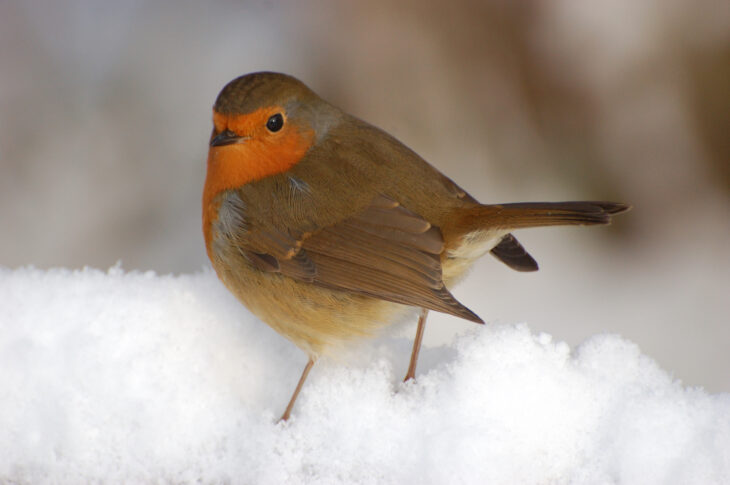Why robins are not just for Christmas
,
As I was recycling this year’s batch of lovely Christmas cards I started to wonder why so many of them have robins on them. Is it because my friends know I have a soft spot for wildlife or were they just on sale? What did robins have to do with Christmas anyway?

After bit of research, I found it all came back to the Victorians, those well-known Christmas romantics. The postmen delivering good tidings were nicknamed ‘robins’ thanks to their bright red jackets. As the idea of Christmas cards caught on the robin made a leap from delivering the cards to featuring on them and the fact that robins can easily be spotted in the snow strengthened the connection.

Robins are visible and sing noisily through the year making them one of my favourite animals to watch. They are specially adapted to make the most out of the poor light and are often active in half-light when few other birds are about. Whist they look cute they are fiercely territorial and will sing loudly to defend their territory and attract a mate. The conflict over their patch is fierce and the boundaries move frequently, so in the winter when the territories are at their smallest, you could fit 12 robin territories into a football pitch size woodland.

If you want to attract robins to your garden to brighten up your winter days think about what food and shelter you can provide. They need open nesting sites that are high up enough to be safe from cats and other disturbance and a constant source of high calorie food. The best food for robins includes seeds and nuts, and meal worms – which are a particular favourite. If you dig your garden over in spring you might even be joined by one as it waits to see if any tasty worms will be uncovered!
